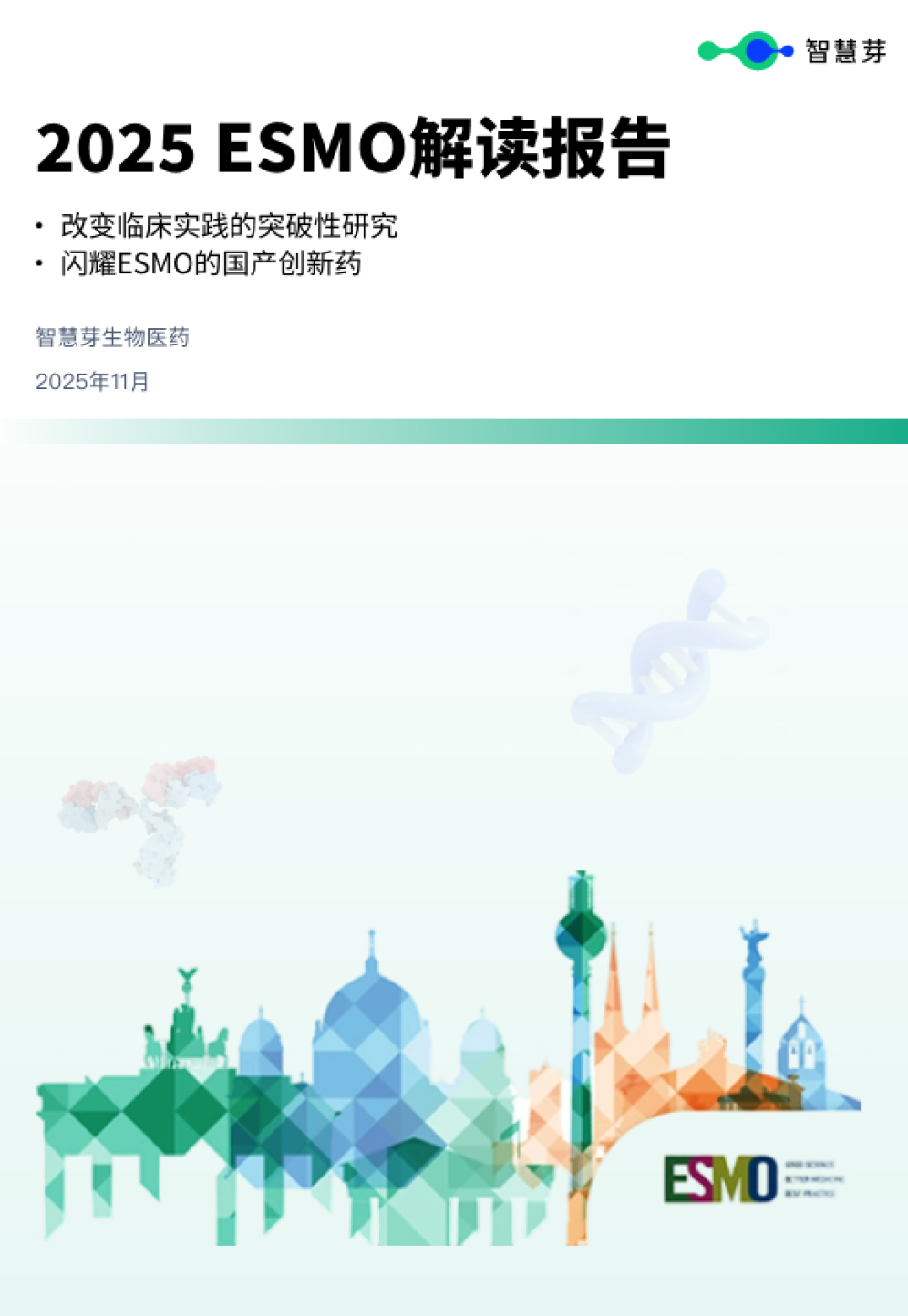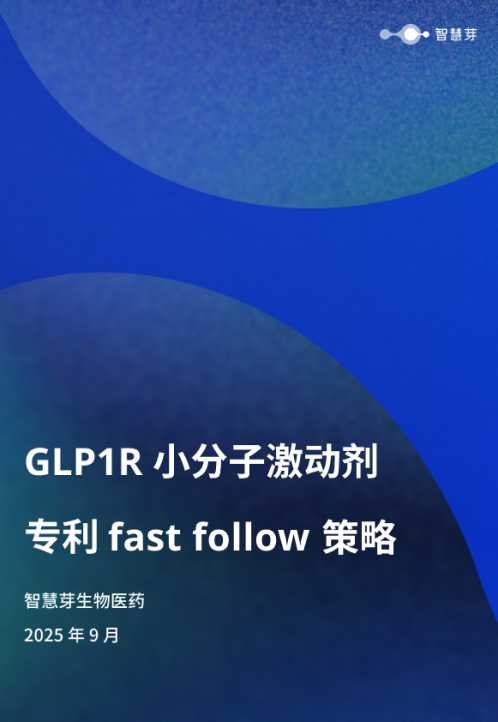预约演示
Day One takes on Novartis with FDA nod for Ojemda in broader common childhood brain tumor use
2024-04-24
临床3期临床结果上市批准加速审批临床2期
Day One Biopharmaceuticals’ Ojemda is approved by the FDA as the first drug for a common type of childhood brain tumors with a BRAF fusion or rearrangement.
Day One Biopharmaceuticalsr Ojemda pediatric brain tumFDA. Compared with an incumbent offering frchildhood brain tumorsmer boasBRAFn FDA approval covering a broader patient population.
The FDA on Tuesday handed out an acpediatric brain tumorsDay One Biopharmaceuticals’ Ojemda, also knNovartisovorafenib, as a treatment for patients 6 months of age and older with certain relapsed or refractory pediatric low-grade glioma (pLGG). The nod sanctions the type 2 RAF inhibitor to be used in tumors with a BRAF fusion or rearrangement, or BRAF V600 mutation.
The FDAahead puts Ojemda toe to toe with Novartis’ TafinlDay One BiopharmaceuticalsthOjemdao an FDA approvatovorafenib, is allowed in pLGG but only for cases with BRAF V600 mutations.type 2 RAF inhibitortumorsBRAFBRAF
Ojemda ushers in aOjemdaay as the first FNovartisveTafinlar-Mekinistat pLGG marked by BRAF fusioFDA and it’s also Day One’s first commercial product, CEO Jeremy BeBRAF V600D., said in a statement Tuesday.
BRAF gene fusions are much more prevalent than BRAF V600 mutations, Day One’s head of BRAF Samuel Blackman, M.D., Ph.D., told Fierce Pharma in an interview ahead of the FDA approval.
PLGG is the most common form of childhood brain tumor. As the most prevalent type of pLGG, BRAF alterations make up about 1,100 new diagnoses in the U.S. each year out of 1,500 total cases. Among the BRAF alterations, about 80% have a gene rearrangement, while the rest 20% have a V600 mutation. About a third of pLGG patients can undergo complete tumor resection, after which 90% of children don’t need any additional therapy. And for the majority of kids for whom surgery alone can’t tackle the disease, that’s where Ojemda comes in.
This translates into about 2,000childhood brain tumorts who needs systemic therapy atpLGG gBRAF time in the relapse setting, Blackman said.BRAFtumor
Based on the broad patient population and the lack of a boxed warning on the label, analysts at JPMorgan pegged Ojemda could reach around $750 million in peak sales, which they noted is slightly ahead of Wall Street’s consensus estimates, according to a Tuesday note.
With the approval, Day One gained a rare pediatric disease priority review voucher, although theJPMorgan has notOjemdafied whether it will monetize the regulatory fast pass. Priority review vouchers, which can speed up the FDA’s review of drugs, are typically sold for around $100 million these days.
Ojemda proved its case in the phase 2 FIREFLY-1 trial. Among 76 efficacy-evaluable patients, Ojemda’s best overall response rate clocked in at 51%, which means the drug successfully shrank tumors in those patients at any tiFDAfrom treatment start. The response rates were 52% and 50% for patients with BRAF fusions and V600 mutations, respectively.
The duration of response, based on a pLGG-specific assessmeMAPKwas 13.8 months at the median fBRAF-MEK inhibitorsTafinlar-MekinistOjemda
Back in March 2023, Tafinlar and Mekinist got its FDA go-ahead based on an overall response rate Ojemda in BRAF V600 mutation pLGG as well as a 69% reduction in the risk of disease progression or death compared with chemotherapy.
Tafinlar belongs to Tafinlarnown as type 1 BRAF inhibitors, which specifically block the V600 form of the pBRAF V600tation. That design means those drugs may enhance cancer signaling and fuel tumor growth in BRAF fusion cases, Blackman explained. And Mekinist is added to reduce this damaging “paradoxical activation effect” while also adding to the regimen’s efficacy, Blackman explained.
Another advanOjemdaf Ojemda is that it’s given once weekly, whereas Tafinlar is dosed twice a day.BRAF inhibitorsBRAF
Under the acceleratedOjemdaval pathway, Day One is on the hook to prTafinlarnfirmatory evidence to prove Ojemda’s clinical benefit. The company is conducting the phase 3 FIREFLY-2 randomized trial pitting Ojemda against chemotherapy as a first-line therapy in patients aged 6 months to 25 years. The trial kicked off last year and is still enrolling patients.
“We designed this trial with Ojemdadiatric oncology community to specifically address the question, ‘can an oral targeted therapy be as good as or ideally better than chemotherapy?’ because chemotherapy has a lot of burdens for patients and for families in the short term and in the long term,” Blackman said.
But when it comes to other solid tumors, Day One is exploring pairing Ojemda with its in-house MEK inhibitor candidate, pimasertib, in adult patients with various types of aberrations along the MAPK pathway, not just BRAF.
“At the end of the day, forsolid tumorsctal cancer, for V600-mutant meOjemda, there’s obviouslyMEK many type 1 RAF inhibpimasertibthere that are approved for these indications,” Blackman said. “MAPKplaces that aren’t BRAFoved—the fusions—they’re just too small in the adult population.”
更多内容,请访问原始网站
文中所述内容并不反映新药情报库及其所属公司任何意见及观点,如有版权侵扰或错误之处,请及时联系我们,我们会在24小时内配合处理。
靶点
生物医药百科问答
全新生物医药AI Agent 覆盖科研全链路,让突破性发现快人一步
立即开始免费试用!
智慧芽新药情报库是智慧芽专为生命科学人士构建的基于AI的创新药情报平台,助您全方位提升您的研发与决策效率。
立即开始数据试用!
智慧芽新药库数据也通过智慧芽数据服务平台,以API或者数据包形式对外开放,助您更加充分利用智慧芽新药情报信息。




